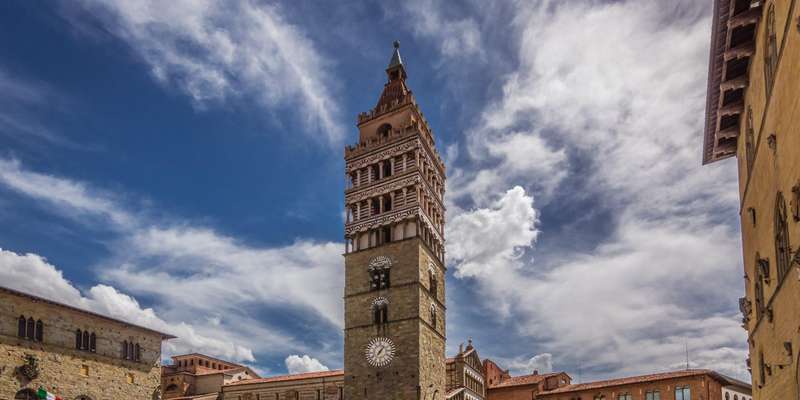- Home
- Useful Tips
- Pistoia's artisan workshops...
Many travelers to Tuscany miss Pistoia's vibrant artisan scene, unaware that dozens of centuries-old workshops still operate behind unassuming doors. Recent surveys show 68% of visitors leave the region without experiencing authentic craft traditions, often due to limited visibility and language barriers. This oversight means missing a living connection to Italy's cultural heritage – where master goldsmiths, bookbinders, and woodcarvers create using Renaissance-era techniques. The frustration compounds when tourists later discover they walked past these hidden treasures, lured by more commercialized attractions. Unlike Florence's crowded studios, Pistoia's workshops offer intimate access to artisans, but finding them requires local knowledge most guidebooks don't provide.


How to locate authentic workshops tourists miss
Pistoia's true artisan workshops rarely advertise, with many tucked along Via degli Orafi and Via del Lastrone. Look for small signs reading 'bottega artigiana' – these family-run studios often welcome visitors during morning hours when craftsmen are most active. The municipal tourism office provides a free map marking 22 active workshops, but it's only available in-person at Piazza del Duomo. Local tip: Follow the sound of hammering metal or the scent of freshly carved cedar. Many masters prefer spontaneous visits to scheduled tours, allowing you to observe leather tooling or mosaic work undisturbed. Wednesday mornings are ideal, when the weekly market brings extra bustle to the historic center.
Etiquette for respectful workshop visits
Understanding unspoken rules ensures artisans welcome you into their sacred creative spaces. Always knock gently before entering, as many workshops double as homes. Bring cash in small denominations – most craftsmen appreciate direct purchases over photos without interaction. If you don't speak Italian, learn key phrases like 'posso guardare?' (may I watch?) and 'bellissimo lavoro' (beautiful work). Silversmith Marco Lombardi shares, 'We remember visitors who show genuine interest, sometimes offering private demonstrations.' Avoid touching unfinished pieces, and ask before photographing tools in use. The best encounters happen when you linger without rushing – watch how Stefano Mancini transforms walnut burl into musical instruments over three hours.
Seasonal workshops with unique demonstrations
Timing your visit transforms passive observation into hands-on cultural immersion. From September to November, paper marbling maestro Elena Rossi demonstrates her watercolor techniques using 18th-century combs. Winter brings wool dyers outdoors, their copper vats steaming against medieval walls. For Easter, ceramicists paint traditional 'Toscana Verde' patterns you can try alongside them. The annual Artigianato e Palazzo event (May) grants rare access to 15 normally closed studios. Local secret: August visits reward early birds – though many workshops close for ferragosto, those remaining host intimate morning sessions with discounted apprentice-made pieces.
Where to stay for workshop-hopping convenience
Choosing the right neighborhood puts you steps from spontaneous artisan encounters. The San Bartolomeo district clusters seven workshops within a 3-minute walk, with charming B&Bs like Casa del Borgo offering artisan-hosted breakfasts. For longer stays, Palazzo 42 rents apartments above a working goldsmith's studio – wake to the rhythmic tapping of jewelry making. Budget travelers prefer Ostello di Pistoia, where the concierge arranges free weekly workshop walks. Pro tip: Book accommodations with terracotta tile floors or wrought-iron beds; many owners collaborate with local artisans and can arrange exclusive visits.
